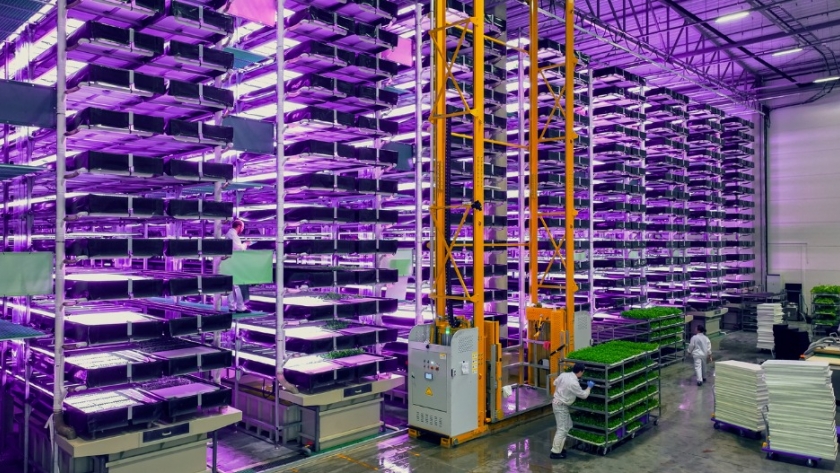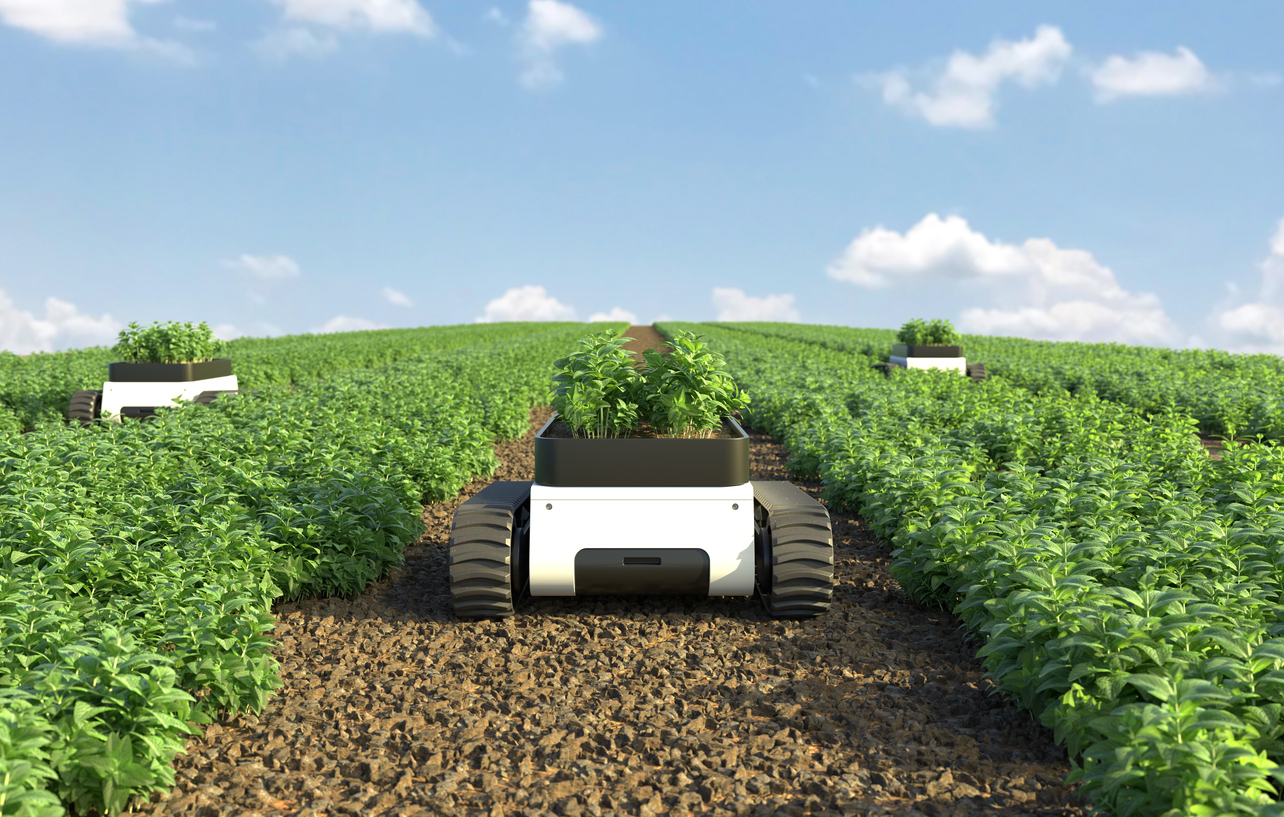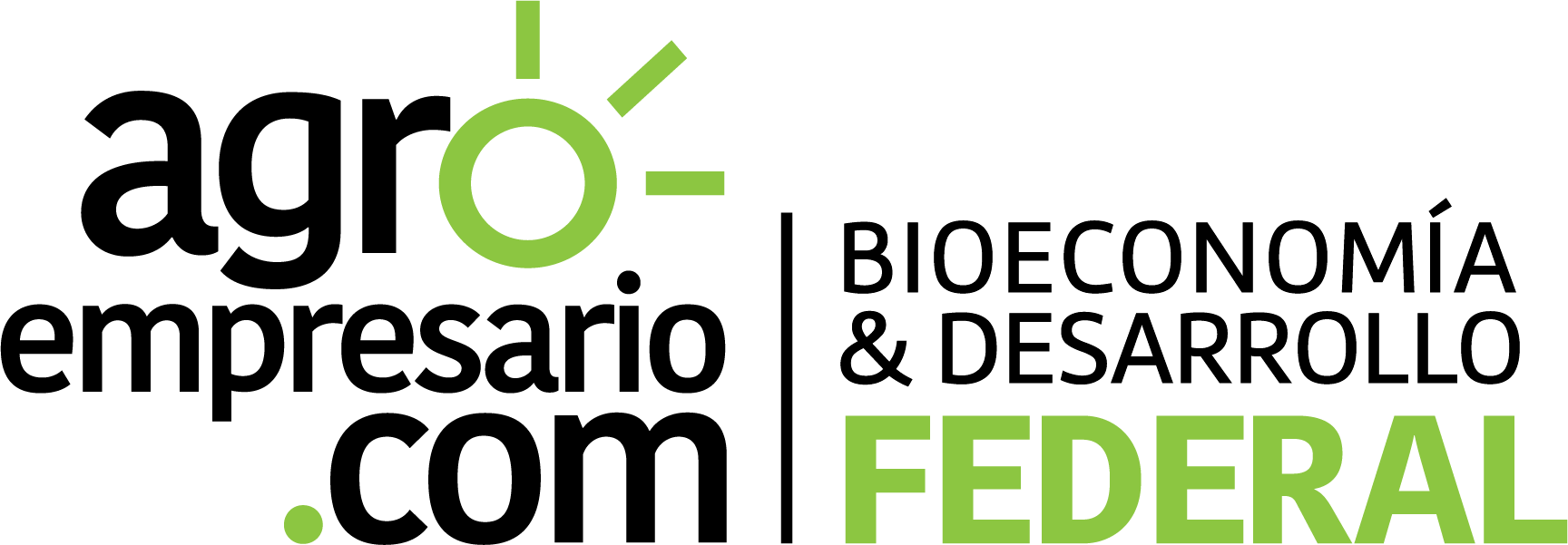
By Agroempresario.com
In a much more selective investment climate than in previous years, agtech and foodtech startups are facing unprecedented challenges when it comes to raising capital. To better understand this shifting landscape, we spoke with Dr. David Buckeridge, a renowned operator, advisor, and investor with over three decades of experience in agribusiness and life sciences. He is currently the Chairman of the UK’s National Institute of Agricultural Botany (NIAB).
With experience navigating multiple investment cycles, Buckeridge offers a realistic perspective on what works, what doesn’t, and how startups can strategically position themselves in 2025 to attract investors in a cautious, yet opportunity-rich, environment.
Back in 2021, the explosion of ESG (Environmental, Social, and Governance) investing led to a record wave of funding in the agrifood sector. Companies focused on alternative proteins, vertical farming, and sustainability-driven technologies saw unprecedented capital inflows.
But as Buckeridge notes, much of that enthusiasm stemmed from FOMO—the fear of missing out—rather than rigorous strategic thinking.
“When capital enters the market during euphoric cycles, there’s a rush to deploy it quickly,” he explains. “Many investors poured money into startups without sufficient due diligence, chasing the next big thing.”
In 2025, the rules have changed. Investors are now demanding clear value propositions, scalable business models, and tangible proof of impact—especially in the agri-food sector, where adoption cycles can be long and infrastructure-heavy.
“Today, raising capital isn’t impossible,” says Buckeridge, “but it requires a far more rigorous approach.”
Startups must demonstrate not only their product-market fit, but also a path to profitability, validated pilot projects, and ideally, strategic partnerships with players already established in the value chain.
According to Buckeridge, the most common pitfalls include:
“Too many teams pitch a product as if it were a standalone breakthrough, forgetting that farmers and processors need full-stack solutions.”

Modern investors in agtech and foodtech are looking for:
“If you can show that your innovation saves time, improves yields, or reduces emissions in a measurable way—you have a far better chance of being heard,” says Buckeridge.

Buckeridge encourages entrepreneurs to get close to the problem they’re trying to solve. This means spending time with producers, walking fields, visiting processing plants, and understanding what drives real decision-making on the ground.
He also highlights the importance of international thinking:
“If you're building in Argentina, think about how your solution might adapt to the EU, or ASEAN markets. Investors love to see global ambition, backed by local traction.”
Finally, he stresses that good storytelling remains crucial:
“Data is essential, but you also need to paint a compelling picture of the future your company is helping create.”

The agrifood tech sector may be operating in a leaner investment cycle, but for startups willing to do the work—refining their models, validating their impact, and truly understanding their customers—2025 presents an opportunity to build more resilient, scalable, and sustainable businesses than ever before.
